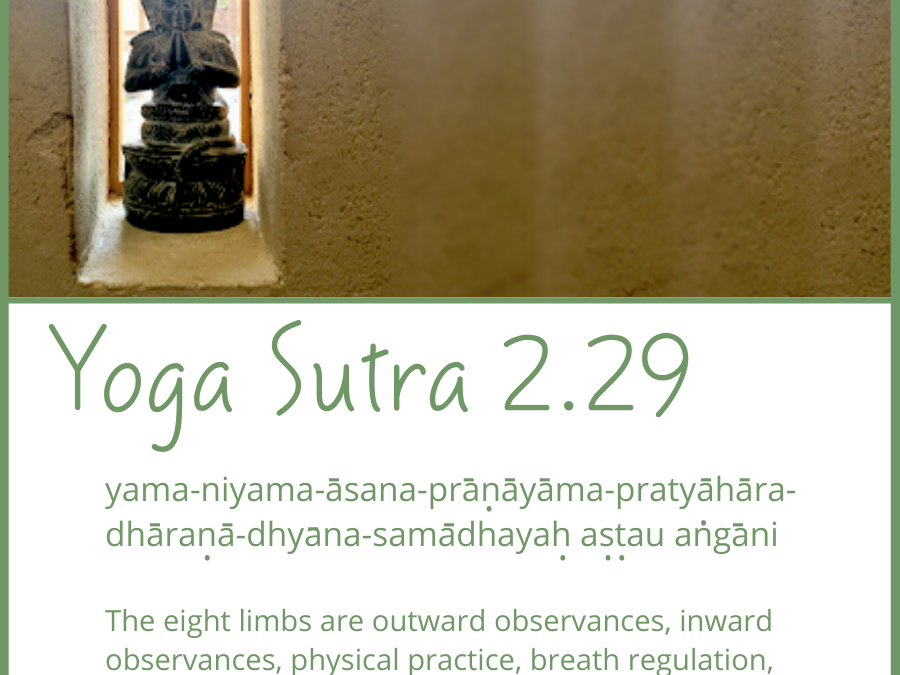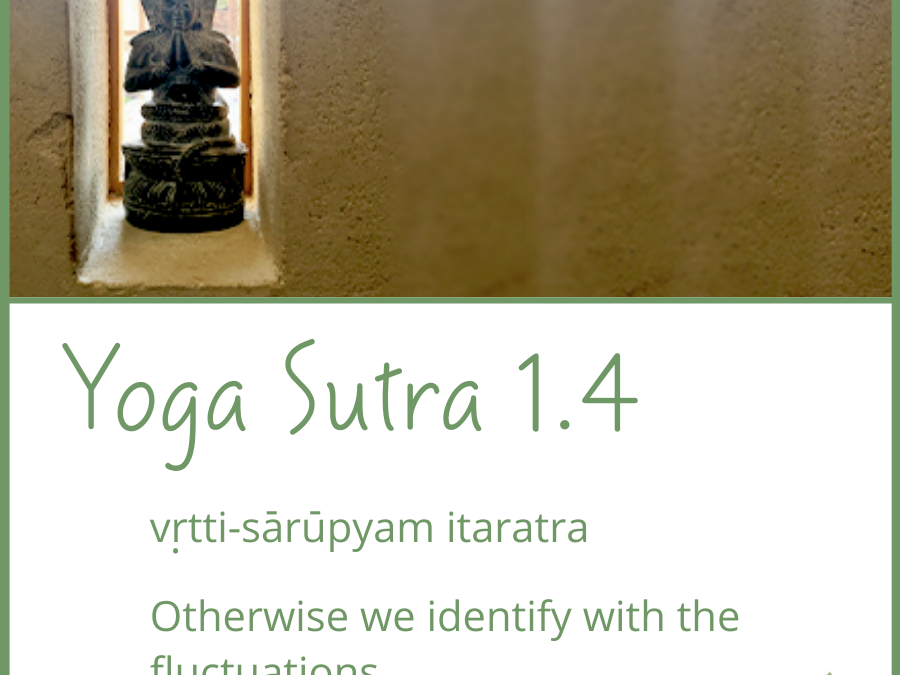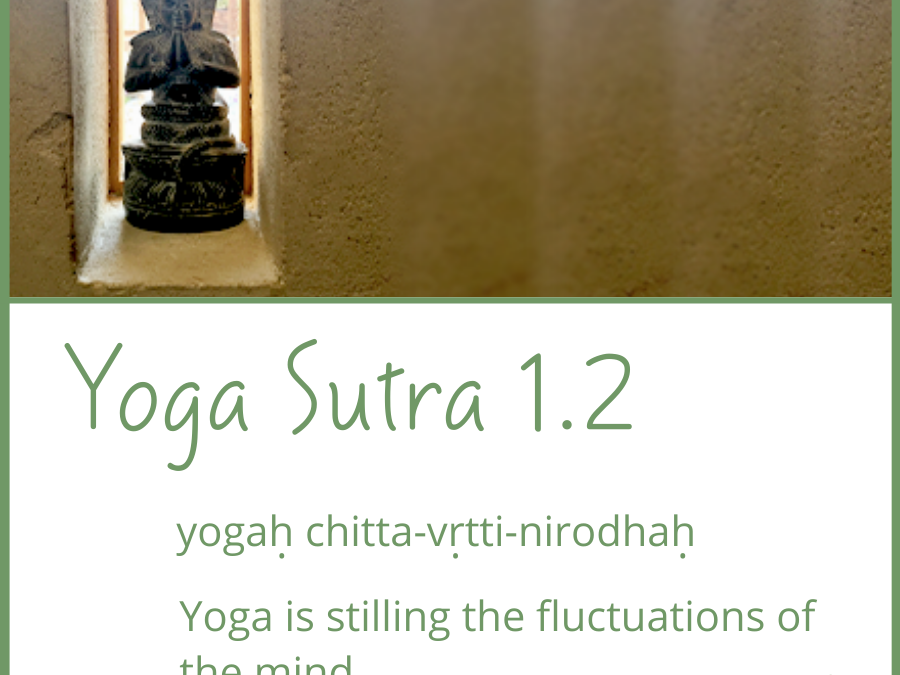The Yoga Sutras of Patanjali, compiled by the sage Patanjali over 1,700 years ago, are considered one of the most authoritative texts on the practice and philosophy of yoga. Comprising 196 aphorisms—short, concise statements—the Yoga Sutras outline the Eight Limbs of Yoga (Ashtanga Yoga), a systematic guide for living a yogic life and achieving spiritual liberation. This text is foundational in the Raja Yoga tradition, which emphasizes self-discipline, meditation, and mental mastery as essential tools for attaining inner peace and enlightenment.










